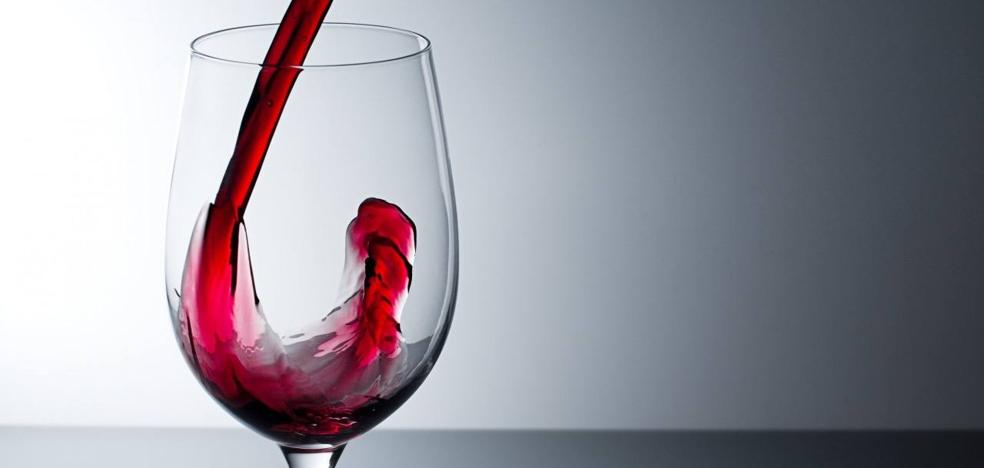They say the devil hides in the details. In China, what lurks in the details are fakes. The Spanish winery Hammeken Cellars knows this well: a simple ‘L’ on the cork of the bottle served to confirm that various stores in Chengdu were selling the copy of one of its most famous wines. “They had written Allegranza with a single L in a place where nobody pays attention,” says Diego Infantes, sales manager. The rest of the forgery was almost perfect. They had scanned and reconstructed the labels, and even copied a gold medal we had received. The bottle was different, but if I had seen it on a shelf, without picking it up, I would have thought it was ours “, adds David Añó, head of Marketing, in an interview with this newspaper.
The Allegranza Counterfeit discovered by its importer in China at the end of 2017 when he saw that on WeChat -the Chinese WhatsApp- bottles were being sold at a much lower price than the official one. “The first thing he did was distrust us, but we assured him that we were not using other channels and then he decided to send an employee to investigate various stores,” recalls Año. He sent the samples to Spain, and Hammeken certified that this was not his wine. “The graduation was 12.5, when the original is 13.5, and it was also flatter and more transparent. We believe that it is a Spanish wine sold in bulk and that it was bottled, possibly reduced, in the Yantai area ”, Infantes explains. At the very least, it was not a health hazard for consumers.
As Hammeken had done his homework and had his trademark in China, he decided to enter a path that does not instill much confidence in the Asian giant: the judicial one. «We only got evidence from two stores, because the other they had already removed the fake wine when the experts went, but we considered that it was necessary to defend our brand to avoid losing the Chinese market “, says Añó. Not surprisingly, information about counterfeits spread and sales in 2018 plummeted. From more than 350,000 bottles they went to 141,000. “It is a long and hard process, but China now protects intellectual property much more and the court has ended up agreeing with us”, they count with satisfaction.
The Chengdu judge has blacklisted those responsible for the two stores in the country and sentenced them to compensate Hammeken with 118,000 yuan (15,100 euros). “If we take into account that the process has cost us about 30,000 euros, I would say that the sentence should have been harsher. But you cannot prove the damage that has caused us And, in any case, the fact that those responsible have ended up on the black list I think is sufficiently dissuasive because it entails many personal restrictions, “says Infantes, who considers the case a good example for other wineries that suffer a similar situation.
«In China they copy everything, and the fear that the brand will be devalued for that reason makes many decide not to go. In fact, I was surprised that the young man who we believe was the ringleader of the operation said that, although he knew it was illegal, he did not consider that he was doing anything wrong by copying the wine because it is common. There is also the feeling that it is impossible to win a lawsuit in China and that it is very expensive. The compensation does not compensate, but it does keep it in the market, “adds Infantes. “We have regained consumer confidence with this battle and by using new labels. Others create exclusive brands for China, but I don’t think it’s the best option either, “says the sales manager.
In his case, the strategy has worked. Last year, the growth of Allegranza was meteoric and, despite the bad data of the sector in the Asian giant, exceeded half a million bottles sold. “Ten years ago we wouldn’t have considered going to court. But now the country is taking this situation much more seriously. Of course, it is important to register the brand globally, because it may happen that a Chinese does it before and, in that case, all is lost, “warns Año.
Without a doubt, fake wine is a serious problem in China. It is not difficult to find bottles at dubiously low prices where, just paying close attention to details like spelling mistakes in texts written in a language other than Chinese, it can be certified that they are not what they seem. Different estimates put the number of bottles of fake wine circulating in the country at around two million, and, in the case of some specific wines, they may represent up to 40% of all production marketed in the country. Franck Desevedavy, a lawyer and wine specialist living in China since 1995, says that in China alone there are more bottles of the prestigious Romanée Conti from 1945 and Château Lafite from 1982 than the total originally produced.
Logically, most contain a very different broth. Unfortunately, it is not always a harmless wine like the one sold in Chengdu with Alegranza cork: there are also others in which elements have been added that can be harmful, although in most cases only water and sugar are added. Those who prefer not to risk lawsuits like Hammeken’s opt for another strategy: copy the aesthetics of well-known wines, such as the Australian Penfolds, but change the name to, say, Panfolds or Peinfolds. It is a lucrative business even when counterfeit wines are sold for less than 20 euros, as is the case with the one sold by Hammeken, because the real cost does not exceed two euros. But the courts seem to be starting to put a stop to it.
– .


